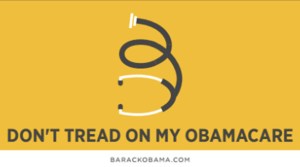Back in March, the Arizona Court of Appeals affirmed the Maricopa County Superior Court decision upholding former governor Jan Brewer’s Medicaid (AHCCCS) expansion plan in 2013. AZ Court of Appeals upholds Medicaid (AHCCCS) expansion plan.
 The “Kochtopus” Death Star, the Goldwater Institute, naturally appealed to the Arizona Supreme Court.
The “Kochtopus” Death Star, the Goldwater Institute, naturally appealed to the Arizona Supreme Court.
Supreme Court Justice Clint Bolick, who was vice president for litigation at the Goldwater Institute’s Scharf-Norton Center for Constitutional Litigation at the time this lawsuit was filed, should be required to recuse himself from participating in this appeal under the court’s rules of ethics.
The parties are now filing their pleadings with the Arizona Supreme Court. Ducey administration argues to keep hospital levy paying for AHCCCS care:
The Ducey administration is asking the Arizona Supreme Court to preserve the levy that pays for an expanded Medicaid program — assuming that expansion isn’t undermined by Congress killing the program.
In legal papers filed Friday, attorney Doug Northup wants the justices to reject arguments by Republican lawmakers that money being paid by hospitals to the Arizona Health Care Cost Containment System is a tax. Instead, he contends, it is simply an “assessment” on hospitals.
That difference is more than wordplay.



